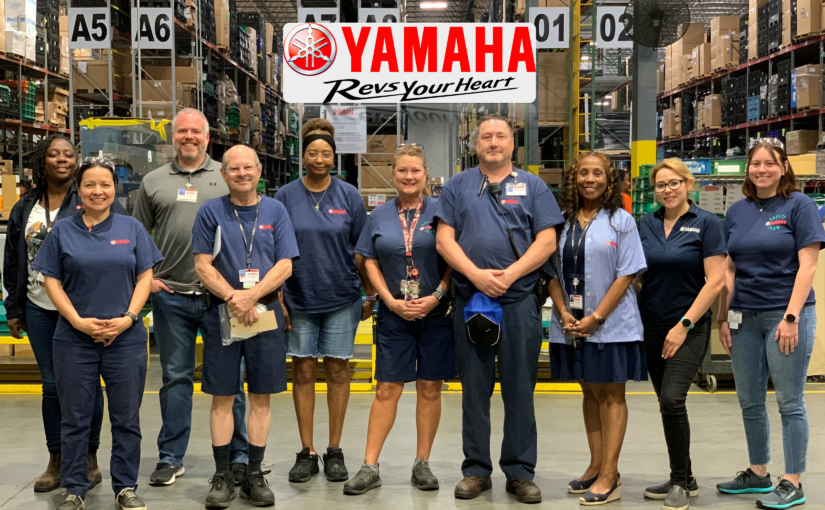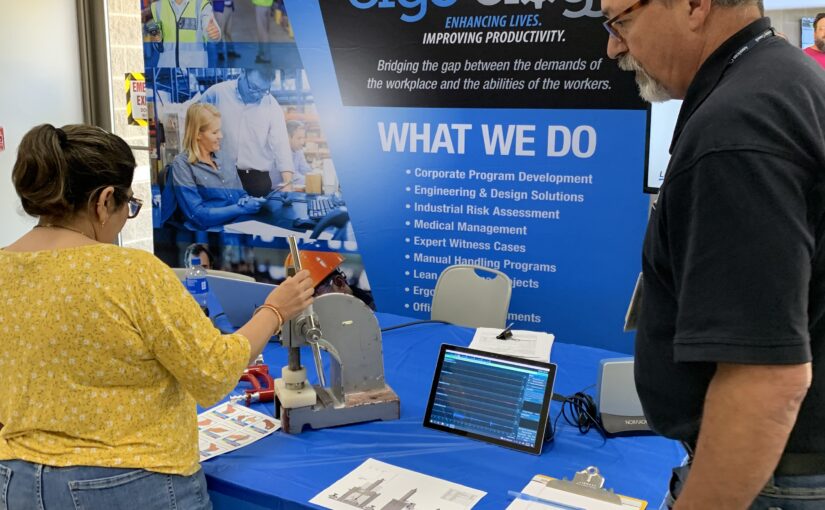
For the last two decades, many health professionals labeled industrial employees “athletes.” They posit the theory that in sports and industry, when the human body is stressed, it responds in similar biological ways to activities performed on the playing field or in the working environment.
By contrast, other health professionals believe “athlete” is an apt description of a physical competitor, a trained amateur or professional equipped with a higher level of physical capability and, therefore, able to withstand greater levels of stress than today’s industrial worker.
Webster defines an athlete as “a person who is skilled in exercises, sports, or games requiring physical strength, agility, or stamina.” To better understand the differences in each sector (industry and sport), we compared the physical stress factors a human body experiences in its respective environments. As you review the published findings, take a minute to reflect on the individual elements and the disparity of time, volume, intensity and age that distinguishes athletes in sports events from “athletes” in the workplace.
Physical Stress Factors
| Stress Factors | Sport | Industry |
| Duration of Task(s) | avg. less than 2 hours | avg. 6-10 hours |
| Recovery Periods | avg. 2 – 6 days | avg. 12 hours |
| Intensity | Higher | Lower |
| Volume | Whole Body (generally) | Body Regions (generally) |
| Age | 22.4 | 42.2 |
*References: B.L.S, John Hopkins Health Library & National Collegiate Athletic Association
This information may or may not alter your understanding of the word “athlete.” Either way, our goal in presenting this side-by-side comparison is to illustrate the differences between amateur or professional athletes and industrial workers.Let’s take a closer look at the facts:
An athlete engaged in sports experiences higher intensities than an industrial worker. These higher intensities may be greater forces, faster accelerations and multiple muscular stretch-shortening cycles or more repetitions in a condensed time period.
The “industrial athlete” typically performs a similar task throughout the day, which leads to extreme volumes affecting a specific body region (wrist or elbow) and extremely low volumes in other body regions.
Ballplayers experience more stress in a condensed time frame than industrial workers, on average. As a result, industrial workers have more micro-recovery periods in a day.
Think of a micro-recovery period in terms of a delivery driver “recovering” between stops or a baseball pitcher between pitches. A macro recovery describes the period of time between the last delivery of the day and the first delivery of the following morning or the time between games in a pitcher’s rotation.
Depending on the employee’s living situation away from the job, the amount of overall recovery can be affected by leisure-time activities, including cutting the grass, playing with the kids, working out at the gym and similar fun stressors.
And, finally, age plays a major role in recovery, strength, endurance and agility. Workers in an industrial setting are, on average, twice the age of amateur or professional athletes.
Armed with these facts, and a general understanding that all performance creates risk, coaches and health professionals have implemented a series of techniques that decrease workplace stress and build capabilities with their respective “industrial athletes.”We’ll review these techniques in The Industrial Athlete, Parts 5-8. We’ll also examine the beneficial and detrimental ways of controlling stress in both sectors. Stay tuned.
References:
https://www.bls.gov/cps/cpsaat11b.pdf

Yamaha leaned into Ergo-ology’s ELP® (ergonomics leadership program) at the start of 2022 with hopes of engaging employees, developing a Read more

We are pleased to announce the United States of America has granted Ergo-ology permissions to certify in #ergonomics with the Read more

Employees complete tasks, many of which require physical labor, every day. These actions range from sitting in a chair to Read more